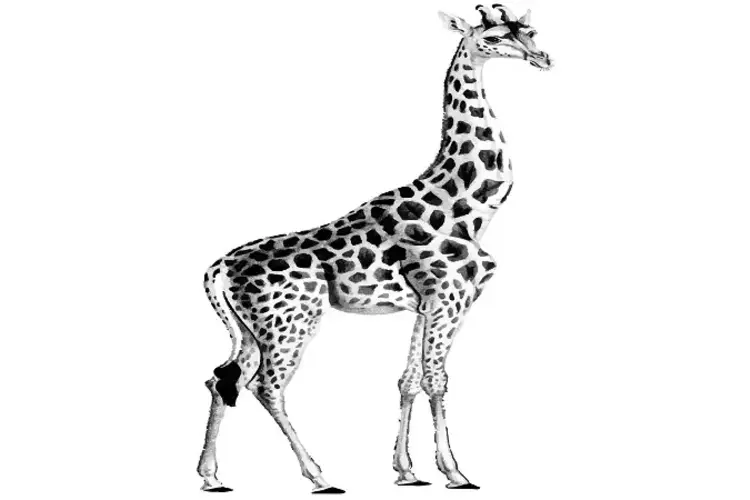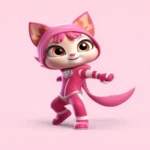Drawing is a form of art “drawing:bkjikold4xi= giraffe” that allows individuals to express their creativity, capture the world around them, and sometimes even create new worlds altogether. Among the many subjects that artists choose to depict, animals hold a special place due to their diverse shapes, sizes, and unique characteristics. One such fascinating subject is the giraffe.
The Fascination with Giraffes
Giraffes, the tallest land animals on Earth, are known for their long necks”drawing:bkjikold4xi= giraffe”, unique patterns, and graceful movements. These majestic creatures are native to the African savannahs, where they roam in search of food and water. Their distinct appearance and gentle demeanor make them a popular subject for artists of all ages and skill levels.
Why Draw a Giraffe?
Drawing a giraffe “drawing:bkjikold4xi= giraffe” can be a rewarding experience for several reasons:
- Unique Anatomy: Giraffes have a unique body structure that challenges artists to capture their proportions accurately. Their long necks, slender legs, and distinctive coat patterns require careful observation and skillful rendering.
- Pattern Play: The giraffe’s coat is adorned with a patchwork of spots, which provides an excellent opportunity for artists to practice creating intricate patterns and textures.
- Expressive Eyes: Giraffes have large, expressive eyes that can convey a range of emotions. Capturing the depth and warmth of their eyes can add a lifelike quality to the drawing.
- Movement and Grace: Despite their size, giraffes move with a surprising grace. Drawing a giraffe in motion, whether grazing, running, or simply standing tall, can help artists understand and depict movement and balance in their artwork.
Steps to Drawing a Giraffe
- Basic Shapes: Start by sketching the basic shapes that make up the giraffe’s body. Use ovals for the head, body, and joints, and lines for the neck and legs. This will help establish the overall proportions and pose.
- Outline the Body: Connect the basic shapes with smooth lines to form the outline of the giraffe. Pay attention to the length of the neck and the slenderness of the legs.
- Add Details: Refine the outline by adding details such as the ears, eyes, nostrils, and hooves. Draw the ossicones (the horn-like structures on the giraffe’s head) and the tail.
- Create Patterns: Carefully draw the giraffe’s coat pattern. The spots can vary in shape and size, so take your time to create a realistic and varied pattern.
- Shading and Texture: Add shading to give your drawing depth and dimension. Pay attention to the direction of light and create highlights and shadows accordingly. Use cross-hatching or stippling techniques to add texture to the coat.
- Final Touches: Review your drawing and make any necessary adjustments. Ensure that the proportions are accurate and that the details are well-defined. You can also add a background to place your giraffe in its natural habitat.
Conclusion
Drawing a giraffe “drawing:bkjikold4xi= giraffe” can be a delightful and educational experience. It challenges artists to pay attention to detail, understand animal anatomy, and capture the essence of one of nature’s most unique creatures. Whether you are a beginner or an experienced artist, the process of drawing a giraffe can enhance your skills and deepen your appreciation for the art of drawing. So, grab your pencils, and let your creativity run wild as you bring the charm of a giraffe “drawing:bkjikold4xi= giraffe” to life on paper. See More



